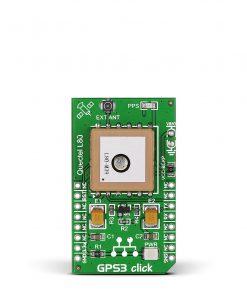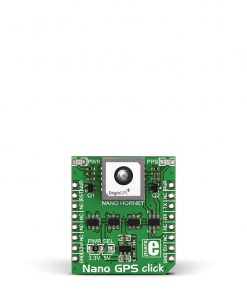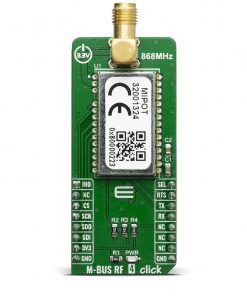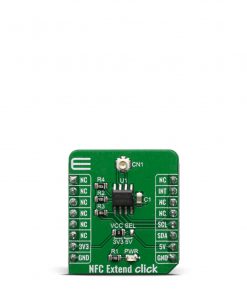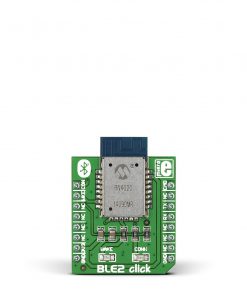-
×
 Proximity Click
1 × R220.00
Proximity Click
1 × R220.00 -
×
 RS485 Click 5V
2 × R235.00
RS485 Click 5V
2 × R235.00 -
×
 GSM-GPS Click
1 × R1,350.00
GSM-GPS Click
1 × R1,350.00 -
×
 tRF Click
2 × R1,050.00
tRF Click
2 × R1,050.00 -
×
 microSD Click
1 × R355.00
microSD Click
1 × R355.00 -
×
 WiFi Plus Click
1 × R2,250.00
WiFi Plus Click
1 × R2,250.00 -
×
 BEE Click
1 × R800.00
BEE Click
1 × R800.00 -
×
 3D Motion Click
1 × R1,050.00
3D Motion Click
1 × R1,050.00 -
×
 RN4678 Click
1 × R855.00
RN4678 Click
1 × R855.00 -
×
 RTC 2 Click
1 × R465.00
RTC 2 Click
1 × R465.00
Subtotal: R9,915.00

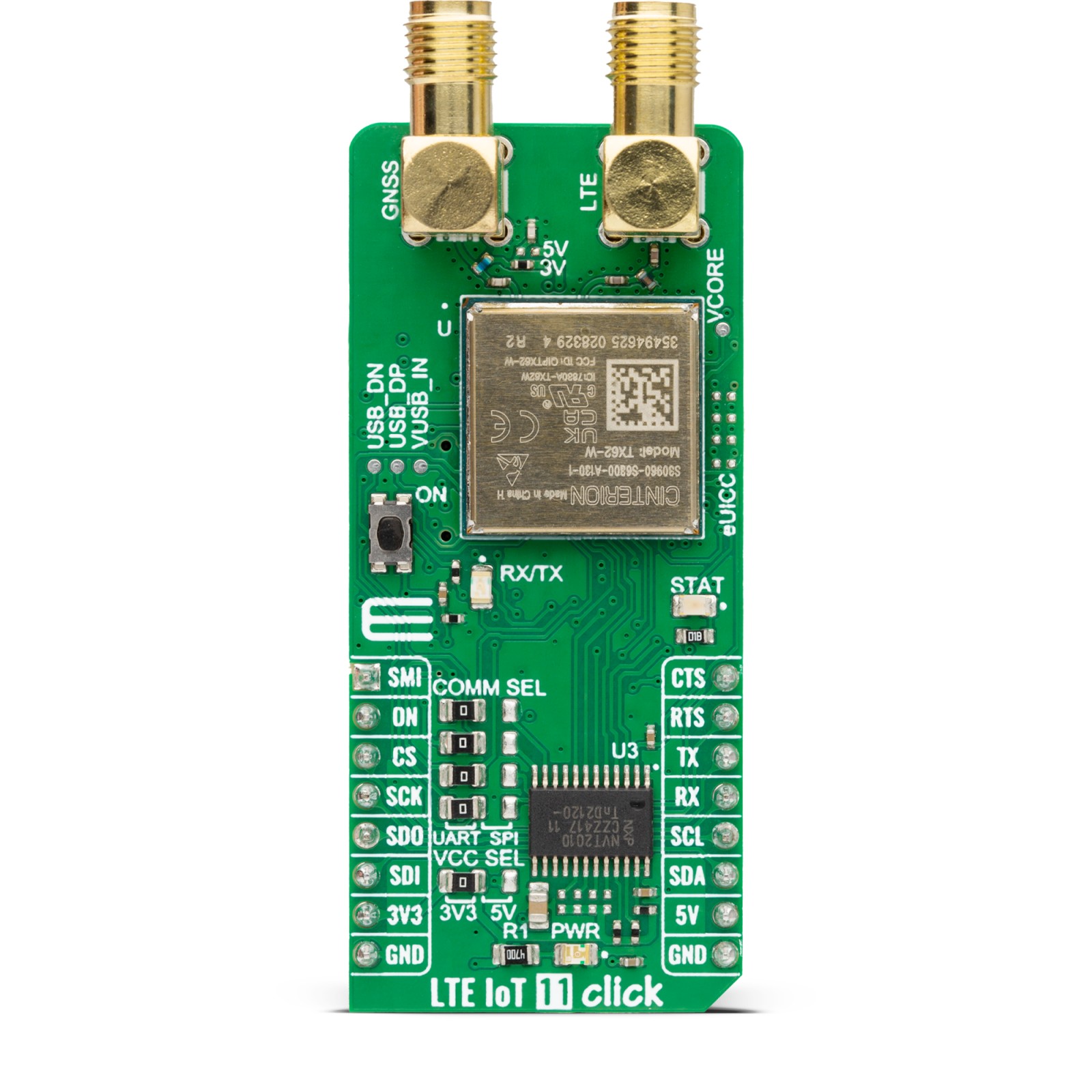
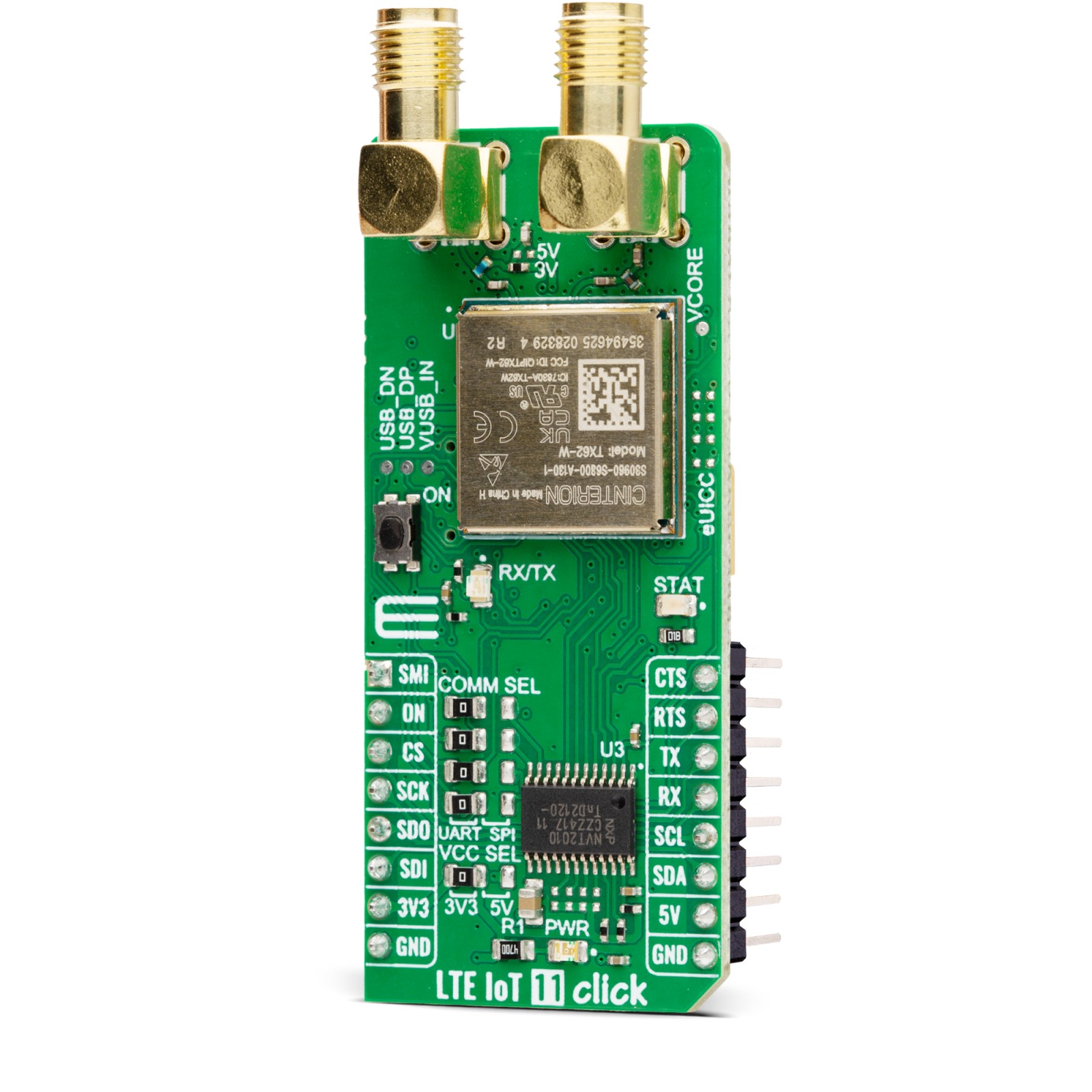

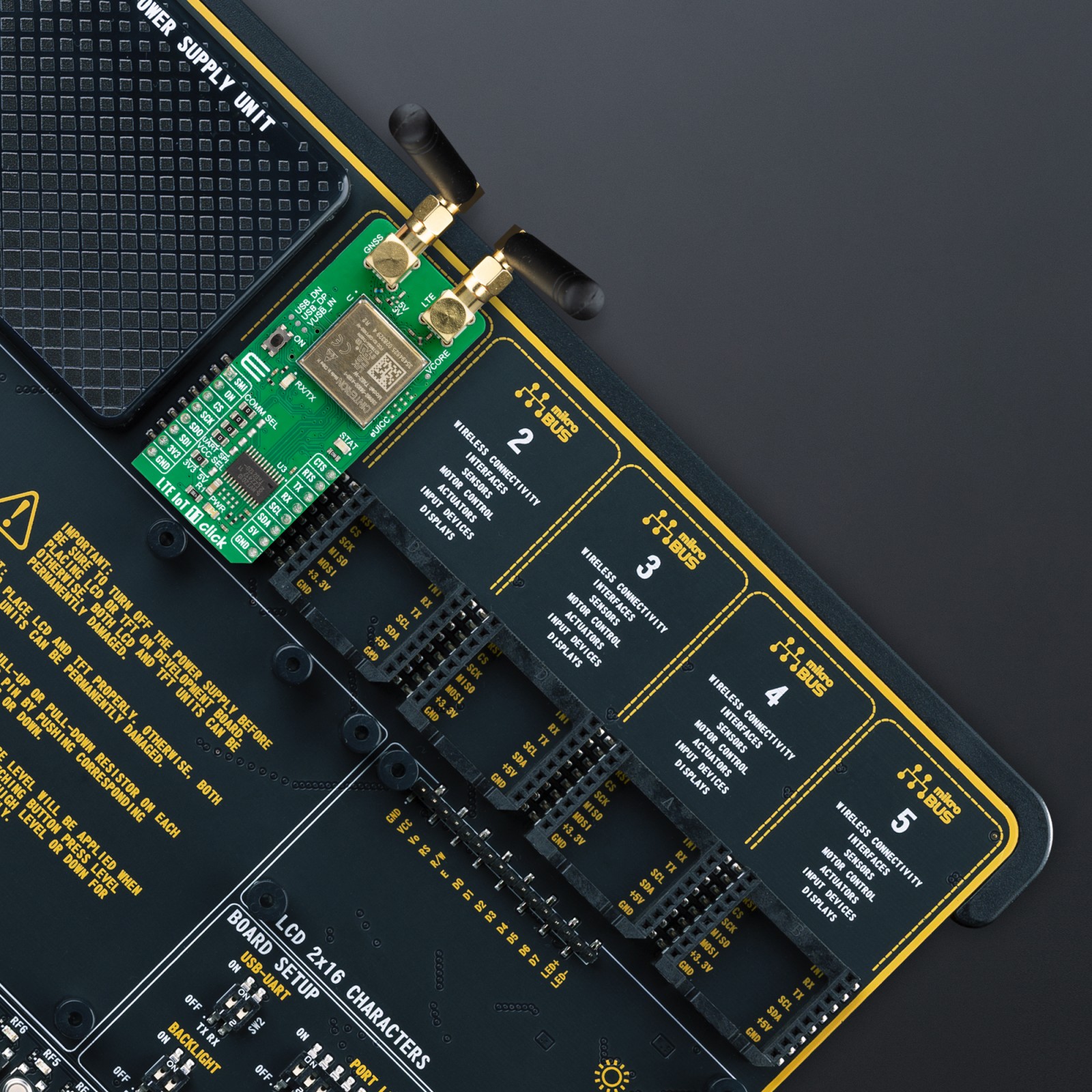
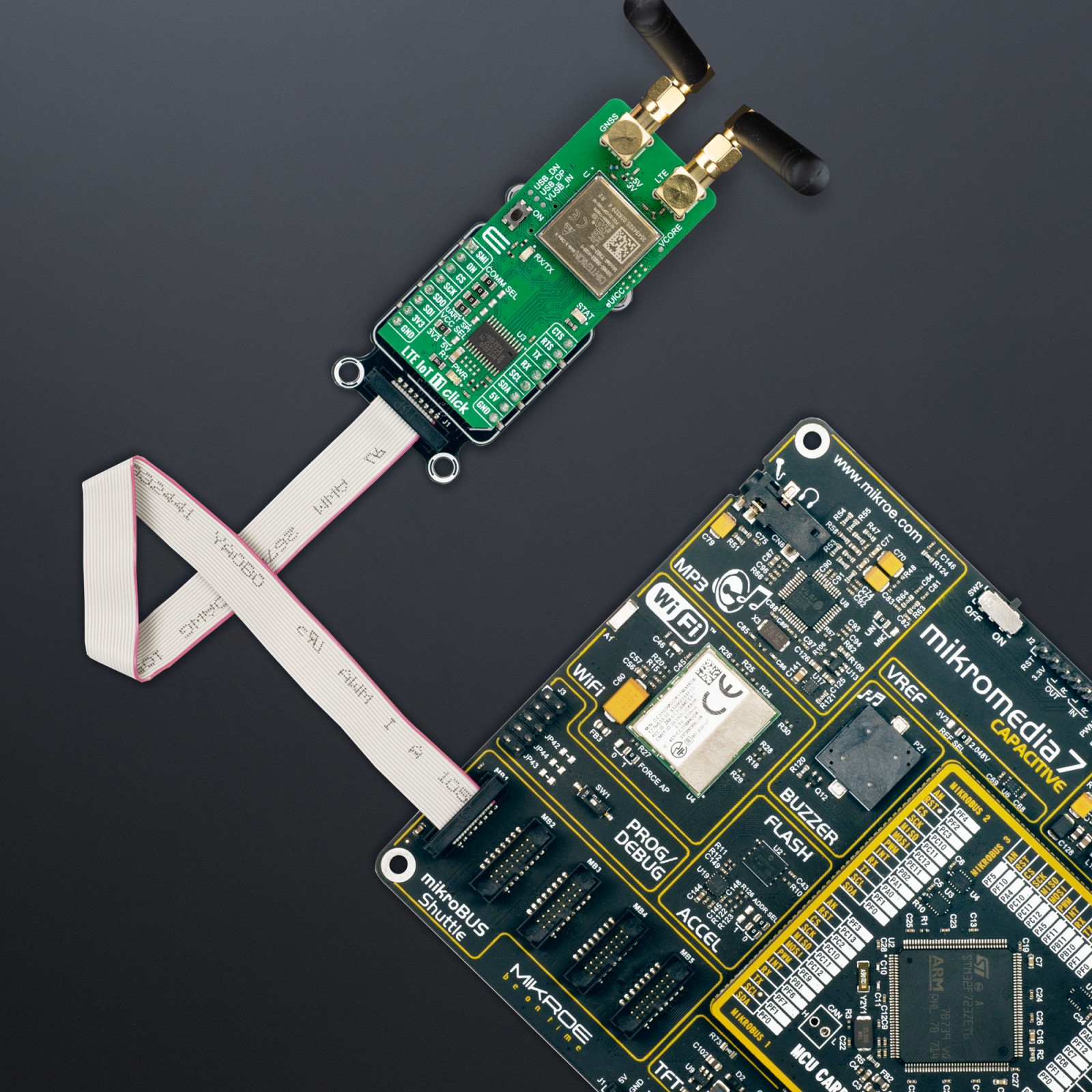
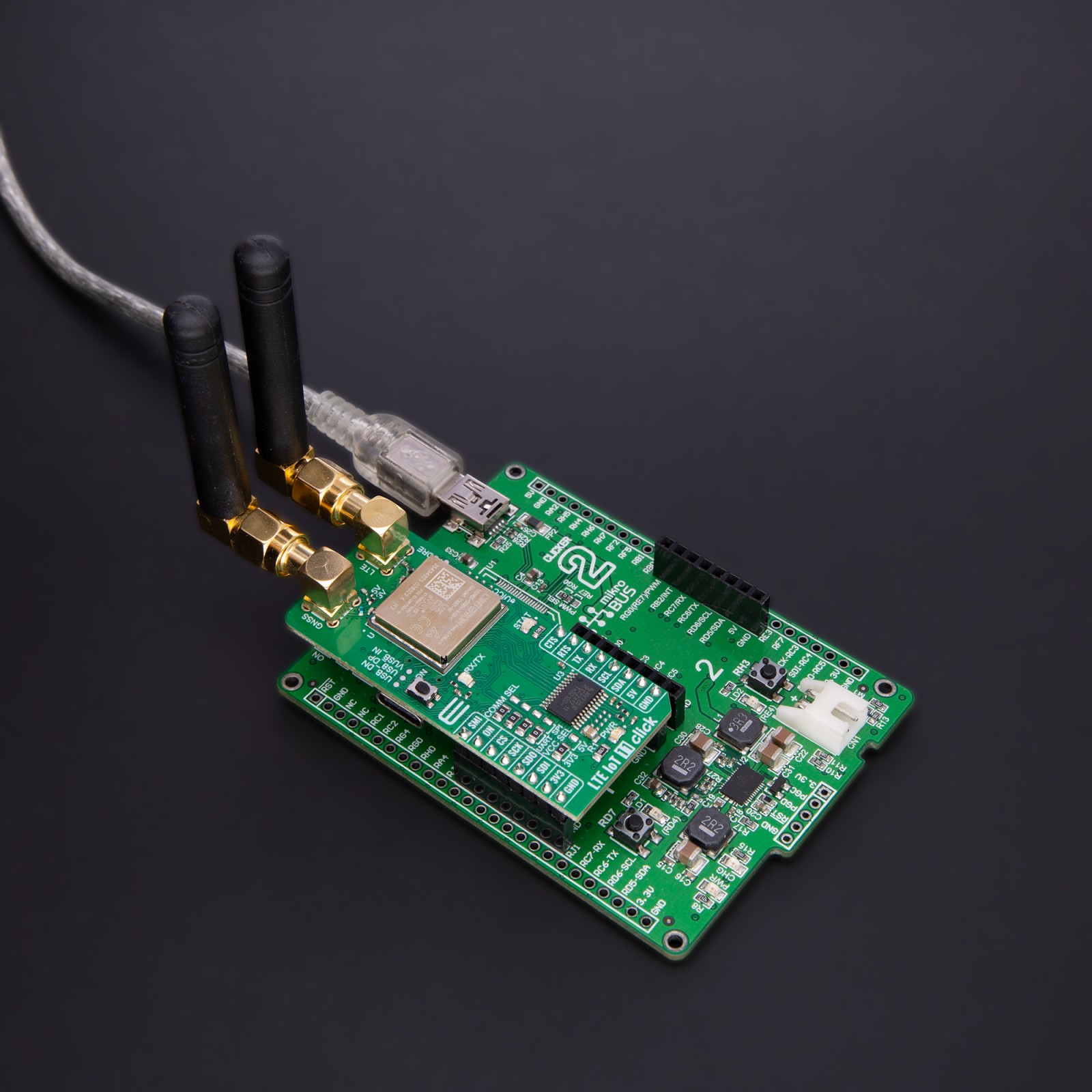
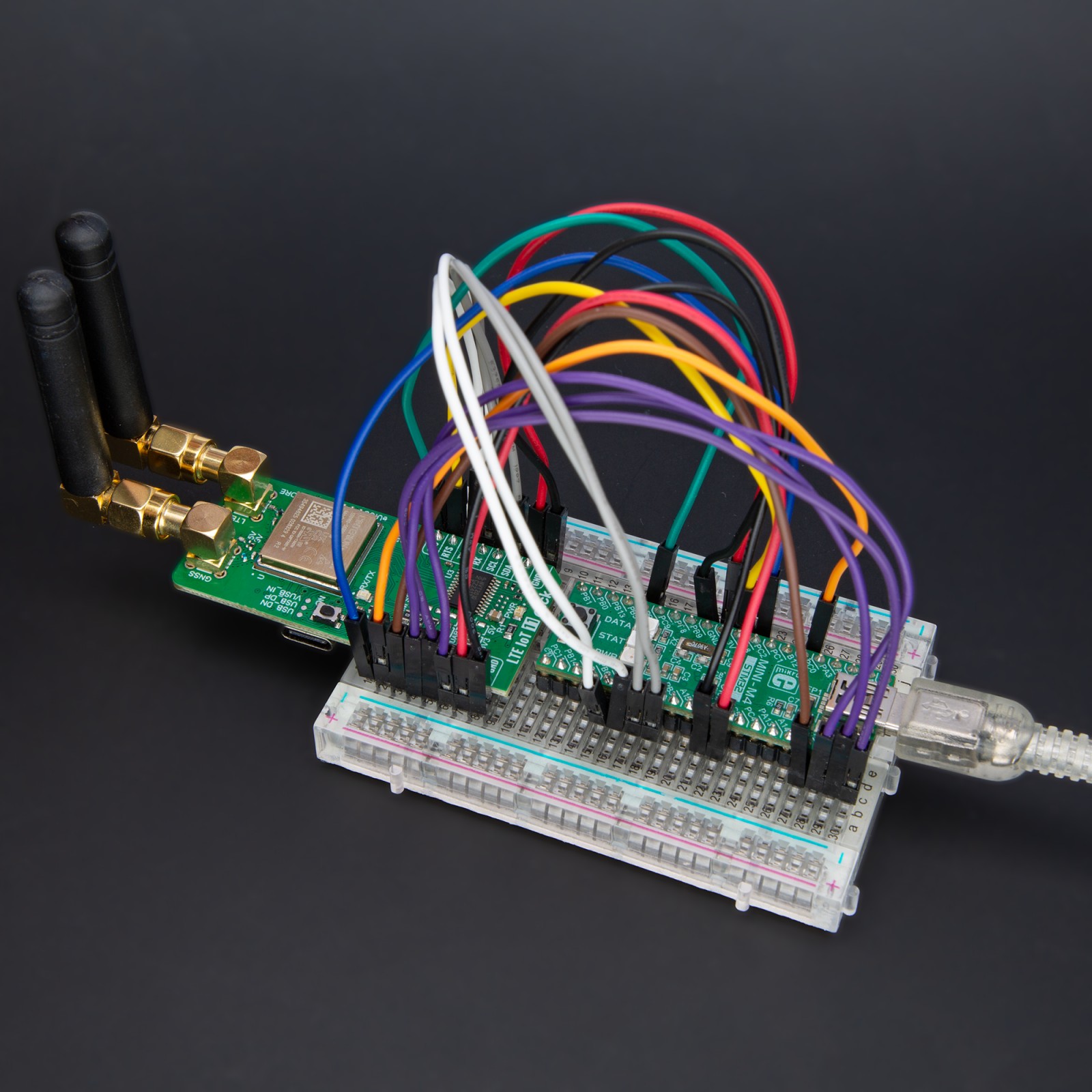

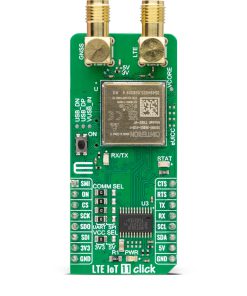
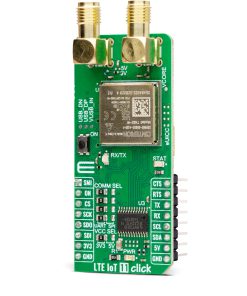

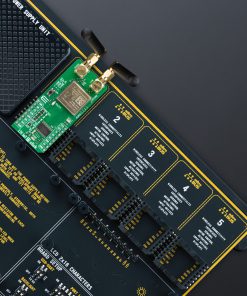

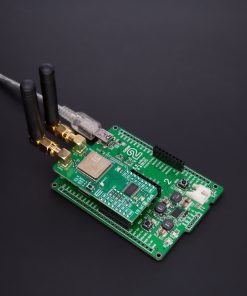
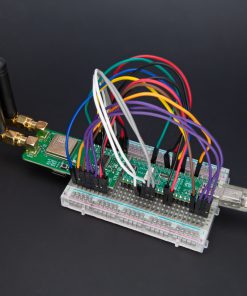
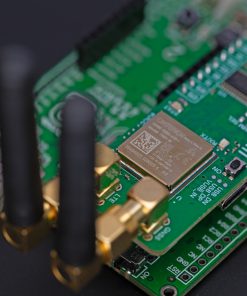
.jpg)

